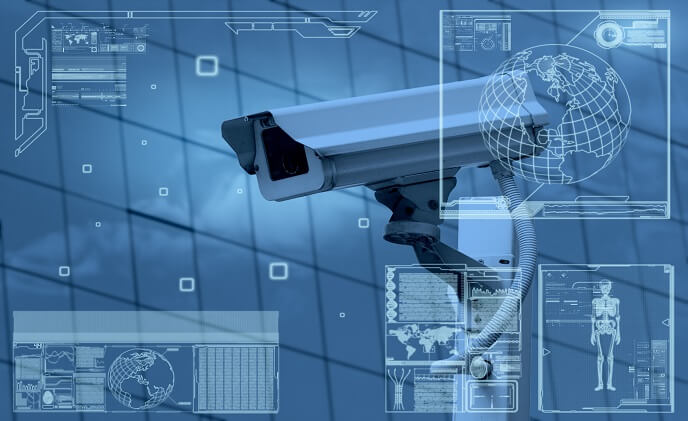Exploring the Role of Cognitech’s Video Content Analysis in Education

In the ever-evolving landscape of education, technology continues to play a pivotal role in transforming traditional teaching and learning methods. One such innovation that is making waves in the educational realm is video content analysis, powered by advanced platforms like Cognitech. Let’s delve into the multifaceted role that Cognitech’s video content analysis for education:
1. Enhanced Learning Experiences
Cognitech’s video content analysis tools enable educators to create immersive and interactive learning experiences for students. By analyzing video content, educators can identify key concepts, highlight relevant information, and provide real-world examples, thus enriching the learning process and improving retention.
2. Personalized Instruction
One of the standout features of Cognitech is its ability to personalize instruction based on individual student needs. Through video content analysis, educators can track student engagement, identify areas of difficulty, and tailor instructional materials to cater to each student’s learning pace and preferences.
3. Accessibility
Cognitech enhances accessibility by providing features such as automated transcriptions and subtitles. These accessibility features ensure that educational video content is inclusive and can be accessed by students with diverse learning needs, including those with hearing impairments or language barriers.
4. Data-Driven Decision Making
Cognitech’s analytics capabilities empower educators with valuable insights into student behavior and learning patterns. By analyzing data on student interactions with video content, educators can make informed decisions regarding instructional strategies, content delivery methods, and resource allocation to optimize learning outcomes.
5. Teacher Professional Development
Cognitech serves as a valuable tool for teacher professional development. Educators can use the platform to analyze their own teaching practices by reviewing recorded lectures or classroom sessions. By identifying areas for improvement, educators can refine their instructional techniques and continuously enhance their teaching skills.
6. Active Learning
With Cognitech’s video content analysis, educators can foster active learning environments where students engage with course material in meaningful ways. By incorporating interactive elements into video content, such as quizzes, simulations, or discussions, educators can encourage student participation and deeper understanding.
7. Flipped Classroom Approach
Cognitech supports the flipped classroom approach by enabling educators to create and share pre-recorded video lectures or tutorials. This allows students to access instructional content outside of class time, freeing up valuable in-person sessions for collaborative activities, discussions, and hands-on learning experiences.
8. Content Management and Organization
Cognitech simplifies content management and organization by providing tools for tagging, categorizing, and indexing educational video resources. Educators can easily locate and retrieve relevant content, saving time and effort in lesson planning and resource allocation.
In conclusion, Cognitech’s video content analysis plays a vital role in education by enhancing learning experiences, personalizing instruction, improving accessibility, informing data-driven decision making, facilitating teacher professional development, promoting active learning, supporting the flipped classroom approach, and streamlining content management and organization. As educators continue to embrace technology in the classroom, platforms like Cognitech will undoubtedly remain integral to the future of education.
